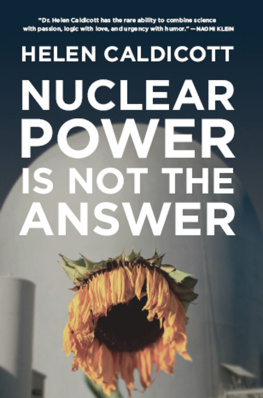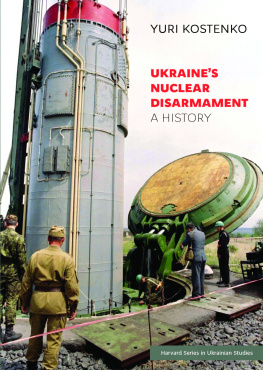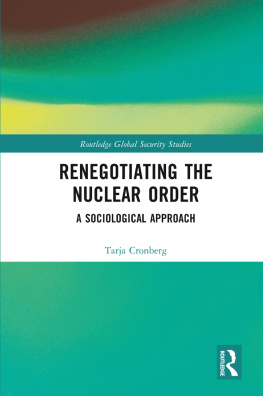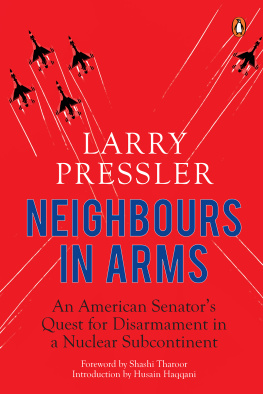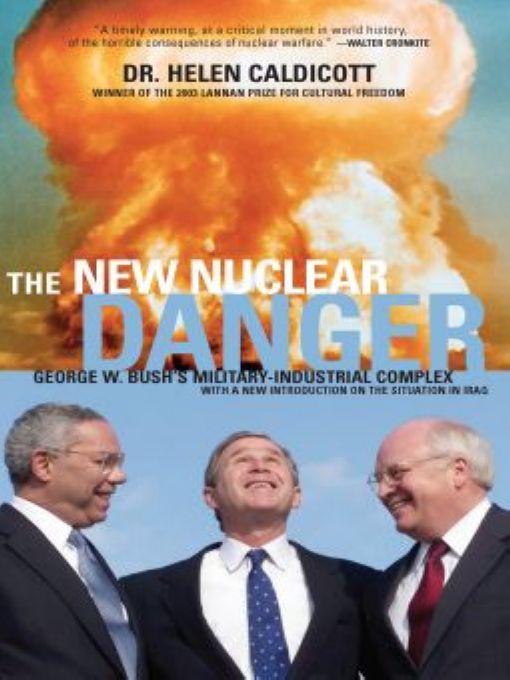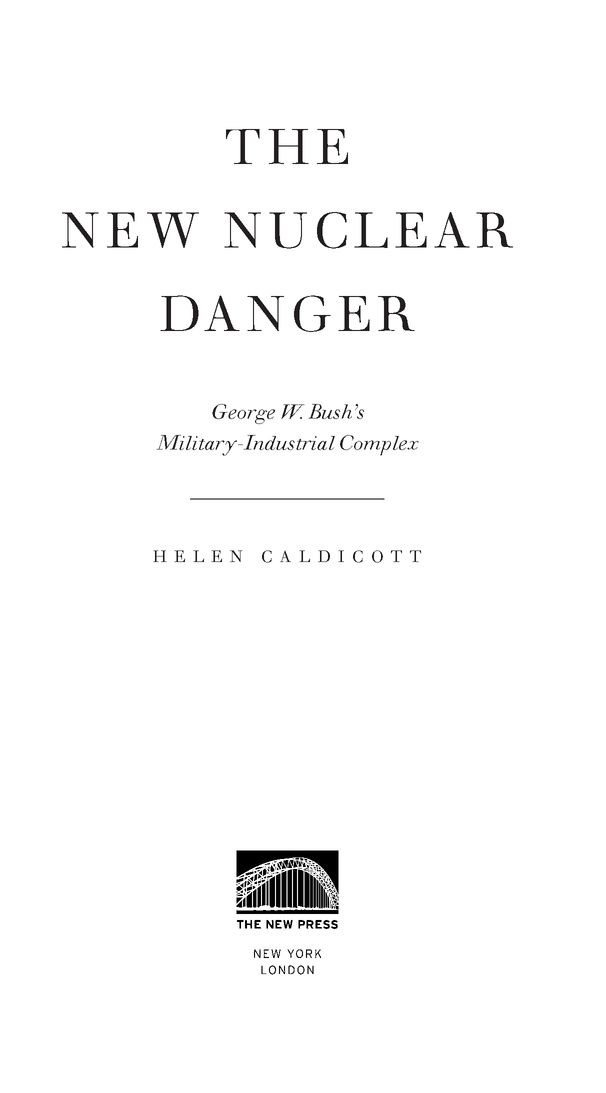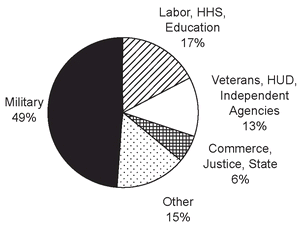Table of Contents
Praise forThe New Nuclear Danger
Dr. Helen Caldicott has the rare ability to combine science with passion, logic with love, and urgency with humor.... At the dark dawn of another war without end, it is once again time to listen up as she sounds the global alarm.
NAOMI KLEIN, author of No Logo
What a contribution to the planet! Helen Caldicotts... untiring commitment to the publics health is hastening the end of the nuclear madness.
BEN COHEN, co-founder of Ben & Jerrys
Helen Caldicott has done it again. Now, more than ever, her voice is crucial.... Read this.
ROBIN MORGAN
Helen Caldicott reminds us that the world still possesses thousands of warheads, enough to blow up the world many times over, and that policy remains inordinately influenced by the manufacturers of weapons rather than the makers of peace.
DANIEL HIRSCH, President, Committee to Bridge the Gap
No one has worked harder and longer to prevent human extinction than Helen Caldicott.
PATCH ADAMS, M.D.
Dr. Helen Caldicott speaks the truth... and her command of the medical consequences of nuclear warfare communicates with visceral force the ultimate madness of those leaders who seek security and safety with nuclear weapons.
ADMIRAL GENE CARROLL
ACKNOWLEDGMENTS
WITH GRATEFUL THANKS to all who helped to assemble and organize the information for this book:
Bruce Gagnon, whose prophetic work first inspired the notion of this project; Mary Cunnane whose support and advice was ever present; Diane Wachtell, my excellent editor; Faith Hamlin, my wonderful and persistent agent; Scott Powell, whose meticulous research provided some of the data and all the reference lists; Karl Grossman, Bob Alveraz, and Jacqui Cabasso at Western States Legal Foundation; Hugh Gusterson, MIT; Robert Aldridge, Pacific Life Research Center; Admiral Eugene Carroll, Center for Defense Information; William Hartung and Frida Berrigan, World Policy Institute; Richard Marek and Bonnie Urfer, Nukewatch; Gregory Talmadge, The Center for Responsive Politics; Stephen Schwartz, Bulletin of the Atomic Scientists; Bill Sulzman, Katya Komisaruk, and Jack Cohen-Joppa, The Nuclear Resister; and Maria Gilardin, TUC Radio.
Discretionary Budget, Fiscal Year 2001
The pie chart shows discretionary spending for Fiscal Year 2001, which runs from October 1, 2000 to September 30, 2001. This is the last discretionary budget settled under the Clinton presidency. Discretionary spending refers to the part of the federal budget that is up to the discretion of Congress. Entitlement programs such as Social Security and Food Stamps are non-discretionary; Congress can restrict or expand eligibility, but cannot directly determine the level of spending. Pentagon spending still consumes almost half of discretionary spending while education takes up only about 7%. (Source: 2001 National Priorities Project, Inc.)
PREFACE
ON SEPTEMBER 11, before much of the world was even aware of what had happened in New York, Washington, and Pennsylvania, the Bush administration had raised the countrys nuclear alert codes from defcon 6 to defcon 2the highest state of alert before the launch code is operable. Russia, the country with the second largest nuclear arsenal in the world, almost certainly responded in kind. As a result, thousands of nuclear weapons stood poised on hair-trigger alert, ready to be launched by the president of either country with a decision time of just three minutes. The intercontinental nuclear-armed ballistic missiles controlled by these codes have a thirty-minute transit time from Russia to America or vice versa. They cannot be recalled. And they pose an ever-present threat of global nuclear holocaust.
In the months since the terrorist attacks, Secretary of Defense Donald Rumsfeld and others in the administration have also used September 11 to justify everything from pursuit of a missile-defense shield (even though such a shield would be utterly useless against suicidal men armed with boxcutters and plane tickets) and abandonment of long-standing weapon-control treaties, to massive increases in defense spending. While most Americans desire an increased sense of security in a newly destabilized world, many do not realize that the new security measures and the conventional war the United States has waged against Afghanistan are intimately connected to the enormous nuclear threat posed by the current American posture. Aggressive militarization under the rubric of defense against terrorism threatens to provoke a chain reaction among nuclear nations, big and small, that, once set in motion, may prove impossible to control. No military confrontation anywhere in the world is free from this ominous and ever-present danger.
The U.S.s own behavior in Afghanistan has veered frighteningly close to deployment of nuclear weapons, which could easily have engendered a nuclear response. In addition to deploying the most horrific conventional weapons known to man (even though there were very few targets of military significance), the defense department recommended the use of tactical nuclear weapons,
Some of the conventional weapons America used to support the Northern Alliance during their advances on the Taliban were so powerful that they are described by the Pentagon as near nuclear weapons. They are as follows:
15,000-POUND FUEL AIR EXPLOSIVES (FAES): In military jargon these are referred to as Daisy Cutters. The Foreign Military Studies Office at Fort Leavenworth says A fuel air explosive can have the effect of a tactical nuclear weapon without the radiation. The first explosion bursts the container at a predetermined height, disbursing the fuel, which mixes with atmospheric oxygen. The second charge then detonates this fuel-air cloud, creating a massive blast that kills people and destroys unreinforced buildings. Near the ignition point people are obliterated, crushed to death with overpressures of 427 pounds per square inch, and incinerated at temperatures of 2500 to 3000 degrees centigrade. Another wave of low pressurea vacuum effectthen ensues. People in the second zone of destruction are severely burned and suffer massive internal organ injuries before they die. In the third zone, eyes are extruded from their orbits, lungs and ear drums rupture, and severe concussion ensues. The fuel itselfethylene oxide and propylene oxideis highly toxic.
CLUSTER BOMBS: These have been used extensively in Afghanistan by the U.S. Terrifying and deadly, each bomb is composed of 202 bomblets, which are packed with razor-sharp shrapnel dispersed at super-high speed over an area of 22 football fields, ripping into human bodies. These weapons are prohibited by the Geneva Protocol.





